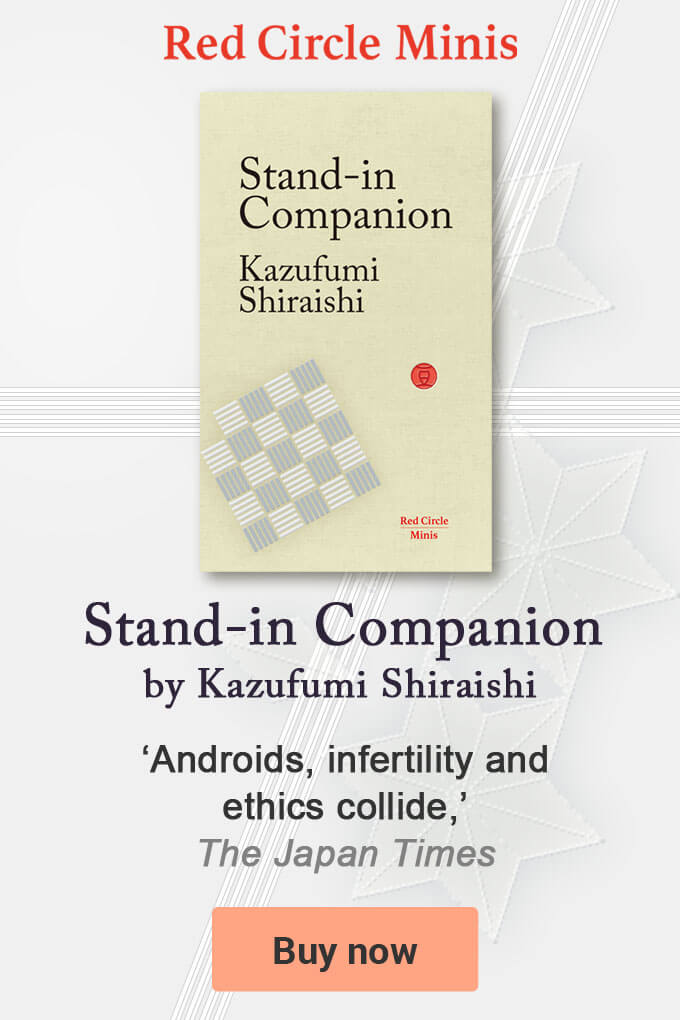- China
The Japanese word for novel entered the Japanese language in 1754 via China[UPDATED: 7-13-2020]
The Japanese word shosetsu written using two letters or characters meaning ‘small’ and ‘talk ’ first came into use as a Japanese term for fiction in 1754; following the successful translation and adaptation of Chinese books such as Sui-Hu Chuan (The Water Margin), pronounced Suikoden in Japanese.
The first ten chapters of Suikoden were published in 1727 and another 10 chapters in 1759 in Japan in translation with Japanese annotations.
The word, shosetsu, was initially used only for works of fiction translated from Chinese, but was subsequently used for fiction in general, due to the success of these publications.
In the 1880s Shoyo Tsubouchi (1859-1935), a Japanese writer and translator and professor at Waseda University, first proposed that the term shosetsu be adopted as the standard Japanese translation for the English word novel and the French word roman in his paper titled: Shosetsu shinzui (The Essence of the Novel).
Shosetsu thus become the accepted word used to translate the English word and Western concept of novel into Japanese.
Subsequently it was used to mean a novel or any form of prose narrative fiction, story, tale, or romance. Modifiers were added to this old term to differentiate the type of book or prose: tanpen (short or brief edit) to create short-story; and tantei for detective novels.
Nevertheless, the word, Shosetsu, is very flexible in Japanese. Its use now covers works of only a few lines to hundreds or even thousands of pages.
The word shosetsu, however, is in fact a Chinese word with its own long history. It was, according to research, used much earlier than the 1750s in Japan and reportedly as early as 1484, but generally as a term of derision of another’s opinion or work – meaning trivial history, small talk or street rumor, not a work of fiction or novel as we know them today; be they Chinese translations, English translations or Japanese originals.
The first ten chapters of Suikoden were published in 1727 and another 10 chapters in 1759 in Japan in translation with Japanese annotations.
The word, shosetsu, was initially used only for works of fiction translated from Chinese, but was subsequently used for fiction in general, due to the success of these publications.
In the 1880s Shoyo Tsubouchi (1859-1935), a Japanese writer and translator and professor at Waseda University, first proposed that the term shosetsu be adopted as the standard Japanese translation for the English word novel and the French word roman in his paper titled: Shosetsu shinzui (The Essence of the Novel).
Shosetsu thus become the accepted word used to translate the English word and Western concept of novel into Japanese.
Subsequently it was used to mean a novel or any form of prose narrative fiction, story, tale, or romance. Modifiers were added to this old term to differentiate the type of book or prose: tanpen (short or brief edit) to create short-story; and tantei for detective novels.
Nevertheless, the word, Shosetsu, is very flexible in Japanese. Its use now covers works of only a few lines to hundreds or even thousands of pages.
The word shosetsu, however, is in fact a Chinese word with its own long history. It was, according to research, used much earlier than the 1750s in Japan and reportedly as early as 1484, but generally as a term of derision of another’s opinion or work – meaning trivial history, small talk or street rumor, not a work of fiction or novel as we know them today; be they Chinese translations, English translations or Japanese originals.

